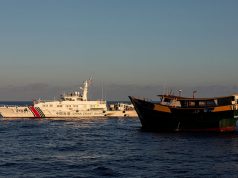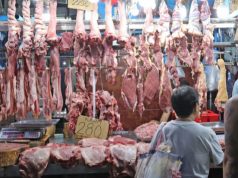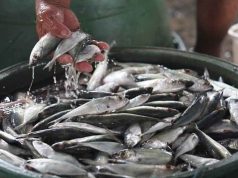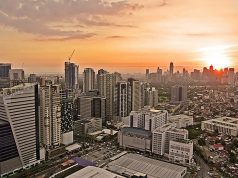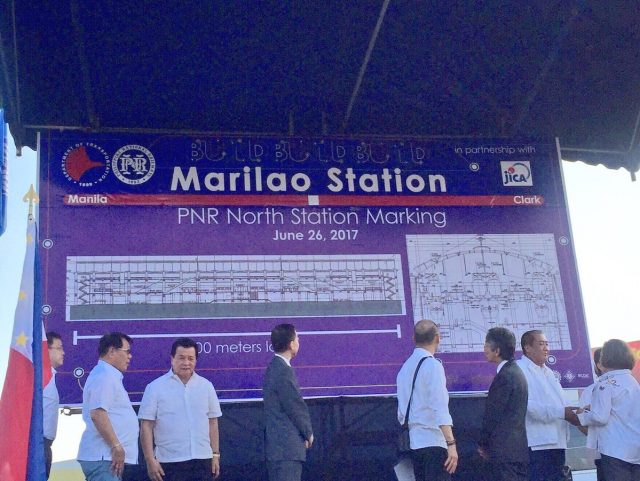
MANILA – Alongside 11 big-ticket projects, the National Economic and Development Authority (NEDA) recently approved a national transport policy.
The goal is to unify all transport-related projects in the Philippines, and synchronize decision making on both the national and local levels.
Problem is, the NEDA Board has yet to draft the implementing rules and regulations.
And the Department of Transportation seems to be of a slightly different opinion: it says what’s really going to make investors come rushing in is a National Railway Development Act, one that will identify and mark rail projects years in advance.
It is calling for separate agencies to oversee the rail buildout.
DOTr’s undersecretary for railways Cesar Chavez underscores how attractive rail projects are to investors, saying “every week, every month” they get visits from interested parties.
The question, though, is how ready are the plans for the projects. Chavez proposed that, to ensure “stability in planning,” future rail networks should be legislated.
“Should they be created 2-3 years? No. What we are anticipating [is that in the] next 20-30 years [that can be done so that] anytime there are foreign investors, [we already have] dedicated lines,” Chavez explained.
According to Chavez, they are fielding serious interest from investors from America, Korea, Israel and Russia.
A National Railway Development Act should also ideally help urban planners draw out better blueprints. For instance, it can be mandated that no hospitals, schools and other commercial establishments be built in areas being eyed for railway projects.
The Transportation department also wants a separate railway authority to handle projects in Mindanao, as well as one national regulatory body for all rail-related projects.
Chavez said Congress leaders are mulling over creation of a Mindanao Railway Authority, with the National Philippine Railway limited only to Luzon.
Speaker Pantaleon Alvarez and Senate President Koko Pimentel are open to this idea, since the country is moving toward a federal system and it makes sense to “let Mindanaoans think of how to manage, operate railway projects in Mindanao.”
With the support of of the two top leaders of Congress, Chavez sees this enacted in 2-3 years.
No regulator for rail
“We want a Philippine Railway Regulatory Authority. Wala tayo [We don’t have a] regulator. We have Marina, and LTFRB. But there’s no agency regulating the rail sector. We want that.”
The NEDA Board has approved more than P305 billion worth of projects, to be rolled out by various agencies.
Chavez said more railway projects are slated in the next five years, among them the North-South commuter railway project and PNR South commuter line funded by Japan; and PNR South long haul with assistance from China.
It may take a while longer, however, for construction to actually begin, and experts agree the government needs to get projects off the ground faster.
Foreign Affairs Undersecretary for international economic relations A.J. Teehankee said infrastructure is “the biggest change because with the conservative approach of the prior administration to spending — they were after showing a very balanced surplus — the policy now is Build Build Build so there’s a focus on infrastructure and logistics and enabling value chains.”
Infrastructure, he added, could be a signature item that major investors such as the Asian Infrastructure Investment Bank and Asian Development Bank are looking at because this is long term.
First, however, authorities will need to address recurring problems with the existing train lines. A case in point is the MRT 3.
Chavez said contractors would have to stick to the letter of their contracts and government regulations.
Chavez said that in day-to-day situations authorities are trying to improve operations at MRT 3. “We are making sure that the maintenance contractor complies with what is in the contract and is compliant with COA regulations.”
Each time the contractor buys spare parts they should be supported by certificate of origin, warranty, invoice receipts and inspections report for protection of people, Chavez added.
Socioeconomic Secretary Ernesto Pernia says a national transport policy reflects their determination to prioritize connectivity.
But when exactly the implementing rules may come is still a big question at this stage.




